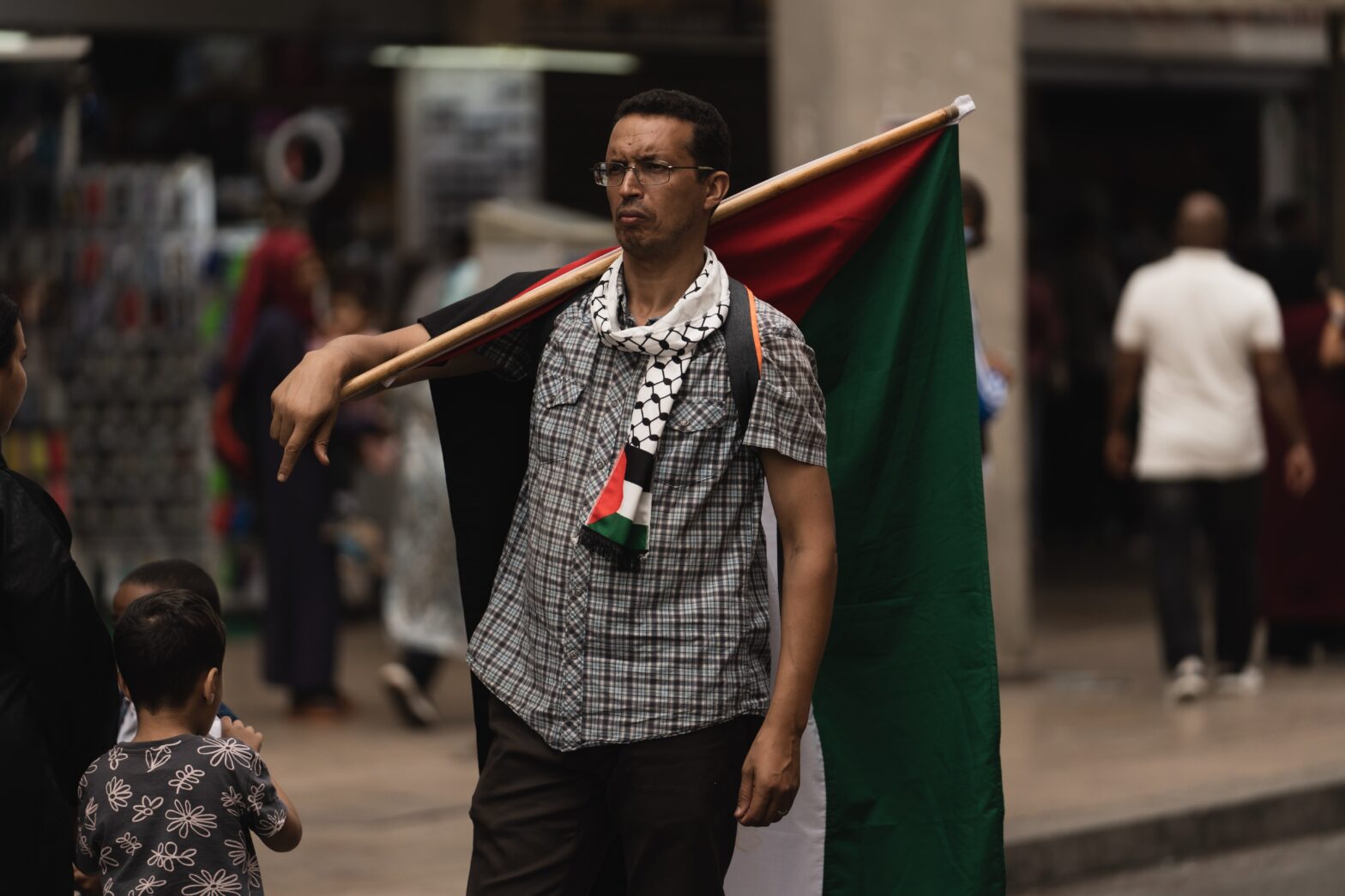In the face of overwhelming suffering in Sudan, East Africa, the global community remains largely indifferent as the country endures a massacre, and children teeter on the brink of starvation. Almost one year of relentless conflict has laid waste to lives, livelihoods, and essential infrastructure.
Communities are recounting harrowing violence, including a recent massacre in Darfur and mass rape. Shockingly, despite these horrors, the crisis is fading from the international spotlight.
Conflict in Sudan
The surge in violence occurred in April 2023. The conflict was initiated after weeks of heightened tensions between the Rapid Support Forces (RSF) and the Sudanese Armed Forces (SAF) regarding security force reform during negotiations for a new transitional government. The RSF and SAF collaboratively toppled Sudan’s transitional government in October 2021.
In an August report, Amnesty International exposed widespread war crimes perpetrated by RSF and SAF in the conflict. The document outlined numerous civilian casualties resulting from both deliberate and indiscriminate attacks by the conflicting parties. Additionally, the report detailed instances of sexual violence against women and girls. The document also reported assaults on civilian structures like hospitals and churches, and extensive instances of looting.
Humanitarian Crisis
Since the conflict erupted in April, over 6 million people have been forced to flee their homes, Health Policy Watch Reports. Of these, 1.2 million sought refuge in neighboring countries like Chad and South Sudan. The capital city, Khartoum, resembles a desolate ghost town. Nearly half of its population displaced, leaving those fearful of venturing outside.
In health clinics, a rapid surge in malnourished children is witnessed as hunger escalates due to farmers being driven from their land. Moreover, many humanitarian convoys are under attack from armed groups, with over 3 million children malnourished. The situation is anticipated to worsen, with reports indicating potential crop failures in vital breadbasket regions.
Cholera and Malaria
Approximately three-quarters of hospitals in conflict-affected areas are now non-operational. This situation has left the majority without access to healthcare and highly susceptible to diseases like cholera and malaria, Relief Web reports. These health crises are even spreading to areas previously untouched by conflict.
Official reports acknowledge more than 10,000 deaths due to violence, but the actual toll is suspected to be higher. The combined impact of hunger, disease, and the absence of basic services could lead to a far greater death toll. The UN cautions that at least 10,000 children under five may perish by the end of 2023.
Related: It’s Time To Talk About The Violent Protests In Haiti





